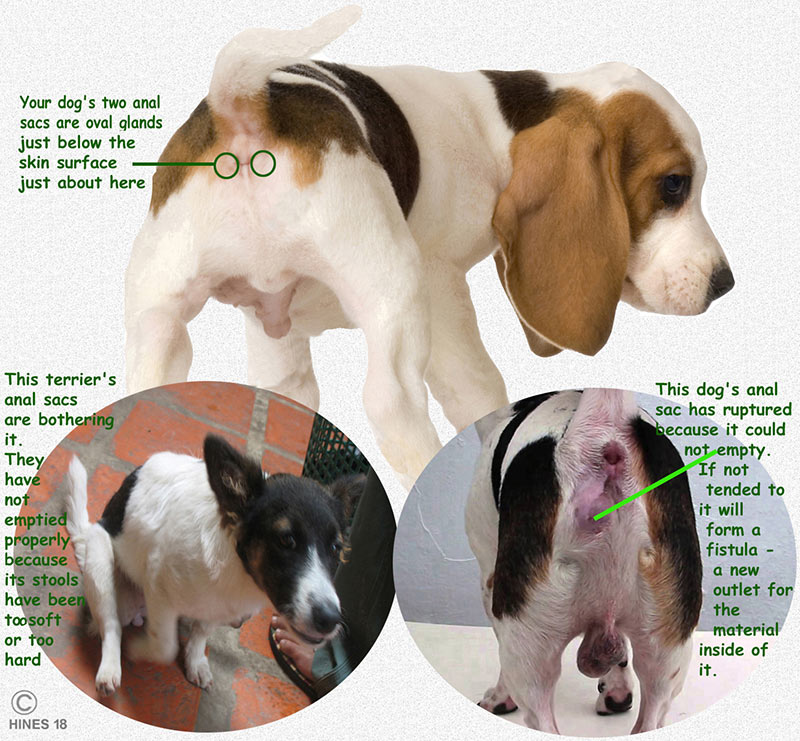Vet’s Views
SB Mathur
One of the most experienced veterinary specialists in India, Dr SB Mathur is running a successful practice in Lucknow
Q: My beagle (8) is facing difficulty in defecating. She strains a lot, and even giving her laxative doesn’t seem to help as she seems to find it difficult in passing the stools What should we do? Neeru M
Your dog may be suffering from anal sac clogging. These sacs are located on each side of the anus. The anal sacs are related to the scent glands in skunks and produce a small amount of foul-smelling liquid. The liquid is normally squeezed out during defecation. Small breeds are predisposed to anal sac disease; large or giant breeds are rarely affected. Anal sacs may become clogged (impacted), infected, abscessed, or cancerous. There are several common causes of clogged anal sacs, including failure of the sacs to be squeezed out during defecation, poor muscle tone in obese dogs, and excessive secretion of the gland. When the clogged gland contents are not periodically squeezed out, this can make the glands susceptible to bacterial overgrowth, infection, and inflammation. The signs of anal sac disease are related to pain and discomfort associated with sitting. The dog may scoot its buttocks on the ground, lick or bite at the anal area, and have painful defecation with straining. If the glands are impacted, hard masses can be felt in the area of the sacs. When the sacs are infected or abscessed, severe pain and discoloration of the area are often present. Your veterinarian can often squeeze out impacted anal sacs by hand. If the material in the sacs is too hard or dry, the veterinarian may inject a softening agent into the sac. If infection is present, antibiotics might be prescribed. If treatment is ineffective, the condition keeps coming back, or a tumour is present, the anal sac can be surgically removed.
Q: My 4-year-old Labrador has very foul-smelling breath. His teeth are also darkish yellow. Can he be suffering from a dental disease? Reema Jain
Unlike humans, dogs don’t tend to suffer from serious tooth decay, but the majority over the age of three do have dental disease. This comes in four stages, typically beginning with a build-up of plaque and tartar in the mouth which leads to mildly inflamed gums. This condition is commonly known as gingivitis in dogs. If gingivitis is left untreated, it can then develop into more serious gum disease. You should contact your vet straight away if your dog is showing signs of dental disease. If your vet is concerned about your dog’s teeth and gums, and treatment is required, they may want to place your dog under general anaesthetic. This will allow them to remove any accumulated plaque and tartar and carry out surgery on badly affected teeth, gums, bones and tissue. Afterwards, they may apply antibiotic gel to the gums to help soothe the sore or prescribe oral antibiotics to reduce the risk of infection.

















Leave a comment